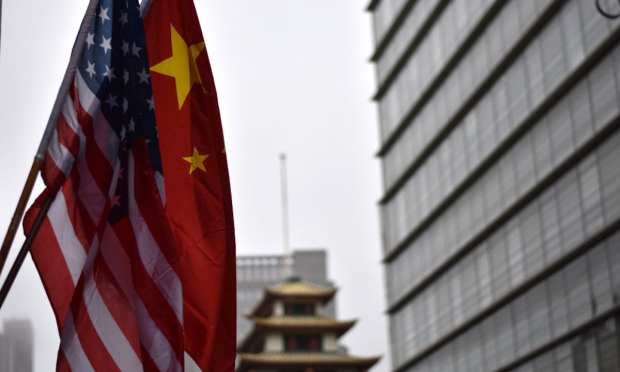In China And US, Differing Approaches To Antitrust And Tech Firms’ Market Power

For Big Tech, and for FinTechs, the regulatory landscape is shifting — and the barrage of new rules and regulations comes from all sides.
That’s especially true in the United States and China, the two largest economies in the world, where a significant portion of payments and commerce innovation generally takes shape in private markets. We’re seeing what may be the crystallization of distinct antitrust policies in each of those nations.
In China, of course, a raft of recent antitrust measures is appearing as of this week. As noted in this space, the rules seem tied to identifying — and punishing — what’s deemed antitrust behavior by larger tech firms, among them Ant Group and Tencent Holdings.
In terms of what might change: The People’s Bank of China (PBOC) draft rules would curb “non-bank” companies that have at least half of the payments market, or would rein in combinations of two companies that have at least two-thirds of a payments market. The PBOC said it also plans to monitor corporate activities such as changes in corporate shareholders or beneficiaries.
And as the South China Morning Post reported, the central bank would be able to take corrective measures, including suspending service, vetoing merger plans that produce monopolies, or “carving up non-bank payment institutions.” (The publication noted, however, that current antitrust law, and expected amended versions, do not, in fact, allow for such “carve-up” actions.)
Delving Into Scope And Intent
As to the scope and the intent of such antitrust measures, Reuters reports that at least one senior banking and insurance regulator has stated that the focus is not on the private sector.
Liang Tao, the vice chairman of China’s Banking and Insurance Regulatory Commission (CBIRC), said that “antitrust measures are not targeting private enterprises, nor targeting one particular firm.” Liang has stated that at least some stakeholders have shown a positive attitude toward the possible changes.
Ant Group, of course, has been the “poster child” for this type of regulation and interaction between government and private sector firms. But we contend that regulators are reserving a large number of arrows in the regulatory quiver to have at least the option of curtailing behavior that is deemed, down the line, to be less desirable. As antitrust policies take shape among FinTechs, the overarching mindset might be termed: Speak softly, but carry a big stick. One wonders if the well-defined “half” or “two-thirds” thresholds are what FinTechs in China – or those entering China – will eye at the expense of, say, innovation or partnerships.
The broad net being woven and cast by Chinese regulators stands in stark contrast to what’s happening here in the United States, where incremental regulations would be tied to concrete corporate actions.
Big Tech, of course – the giants such as Apple, Amazon and others – are firmly in the crosshairs of lawmakers and regulators.
As PYMNTS noted coming into the new year, the ongoing war between Apple and Epic Games will likely head to trial. The outcome, should it come in 2021, would shape how app stores and other platforms operate. But rulings would focus on specific corporate behaviors, perhaps circumscribing them, toeing the line for others to follow. That might also be the case with, say, the antitrust lawsuit against Google, with allegations that the company has engaged in anticompetitive behavior. The FTC is seeking an injunction in federal court that could require divestitures of assets, including Instagram and WhatsApp. Call it a (possible) targeted reconfiguration.
When it comes to regulating tech – FinTechs and Big Tech – it remains to be seen how U.S./Chinese approaches will evolve, as scalpel or sledgehammer.
